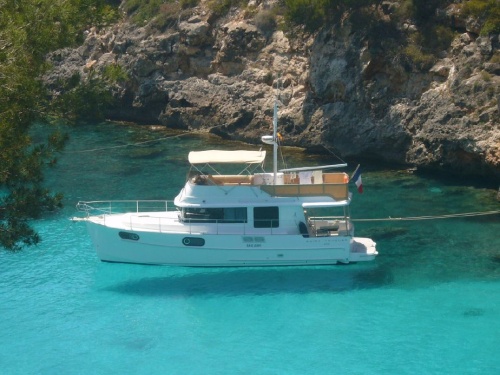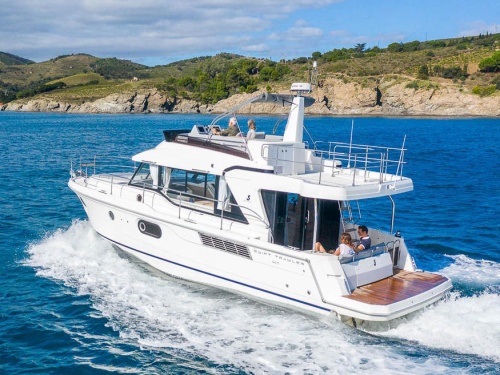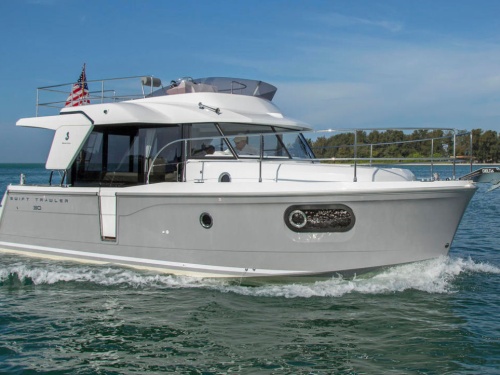Access More Boat Tests
Already have an account? Login
By submitting this form, you acknowledge that you have read and agree with the Privacy Policy & Terms of Use of BoatTEST.com.
Beneteau Swift Trawler 35 (2019-)
1 x 425-hp Cummins QSB 6.7
Price
See the price by becoming
a BoatTEST member.
Members Must Log In
Brief Summary
The Beneteau Swift Trawler 35 is a boat designed for a couple to enjoy time together cruising the coast. To that end the builder has incorporated many lessons from the previous generation of this model (the Swift Trawler 34) and created a boat that’s easy to run short-handed, is manageable around the dock, and provides decent range for steaming from port to port or island hopping, yet can also entertain family or a few friends on day boating adventures.



